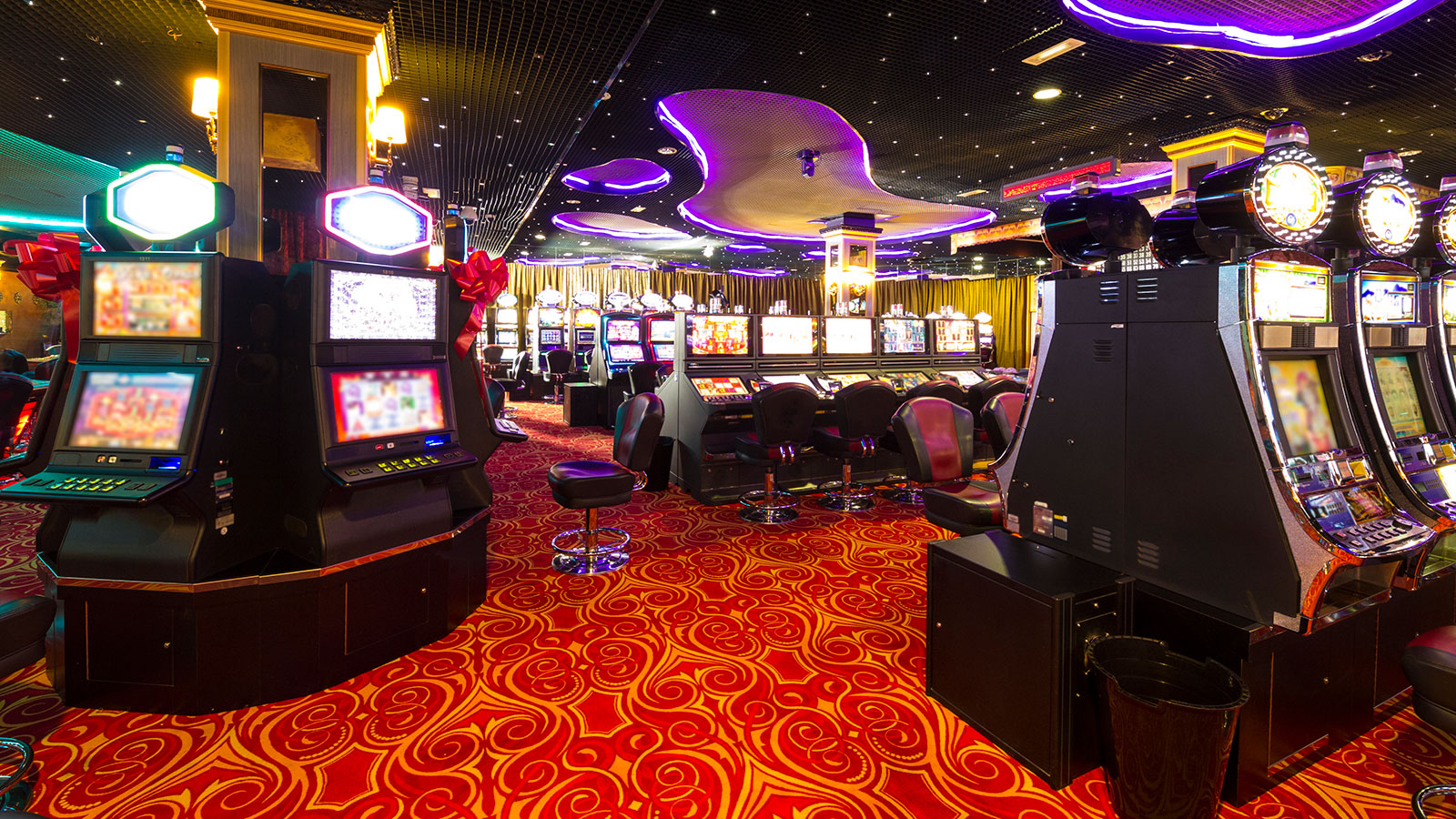
In a dynamic and exciting world of casinos, where fortune and strategy intertwine, color and design play a critical role in drawing in players. As soon as visitors step into a casino or log into a gaming website, they are enveloped in a visual feast that grabs their attention and lures them to explore further. Vivid colors, engaging graphics, and innovative layouts are meticulously crafted to create an atmosphere of thrill and anticipation, ultimately enhancing the gaming encounter.
While players move through the ever-changing landscape of casino games, they come across a range of designs that not only serve aesthetic purposes but also influence feelings and decision-making. Colors like scarlet and yellow symbolize riches and luck, while calm blues and emeralds can create a much tranquil environment. Understanding how these elements function together allows casinos to create an inviting and stimulating atmosphere that encourages players to engage with the games, spend more time at the tables, and increase their overall enjoyment.
The Study of Hue in Gaming Establishments
Color plays a key role in the development of casino games, shaping players’ feelings and responses. Bright and striking hues, such as crimson and yellow, are often used to ignite thrill and draw attention. These colors create a sense of immediacy and vitality, encouraging players to participate more readily with the experience. By strategically selecting hues, developers aim to evoke feelings of joy and expectation, which can enhance the total gaming experience.
Distinct hues also have psychological connotations that can affect how players perceive their possibilities of victory. For example, emerald is often associated with fortune and prosperity, making it a popular choice in games like the roulette wheel and poker tables. This connection can result players to feel more optimistic and self-assured in their gameplay, ultimately encouraging them to bet more. Grasping these associations allows game designers to design environments that enhance player satisfaction and engagement.
Moreover, the design of gaming interfaces often uses color gradients and differing colors to guide players’ responses. For instance, successful outcomes may be emphasized with bright, contrasting shades, creating a visual reward. This technique reinforces positive outcomes and encourages repeated gameplay. By utilizing the psychology of color, gaming venues can design activities that not only captivate gamblers but also keep them engaged and committed in their play experience.
Design Elements that Engage Gamers
The aesthetic appeal of casino games is largely influenced by the use of bold colors. Lively and striking colors are deliberately chosen to create an inviting atmosphere that grabs attention. For instance, reds and golds often signify good fortune and prosperity, which is why they are common in the color schemes of slot machines and table surfaces. These colors not only draw players in, but they also evoke emotions related to excitement and anticipation, enhancing the overall gaming experience.
In parallel to color, the aesthetic and layout of gambling games play a crucial role in captivating players. Games are designed to be user-friendly, ensuring that players can quickly understand the guidelines and gameplay. Accessible interfaces, along with engaging graphics and motion, help maintain player interest and promote extended play sessions. The tactile elements, such as the texture of the controls and the sounds of the games, also contribute to a holistic sensory experience that keeps players engaged.
Finally, thematic elements in gaming design can greatly influence player choice. Many casino games are inspired by popular culture, myths, or exploration motifs, featuring symbols and characters that connect with players. These themes create a sense of engagement and relatability, making each game feel unique. When players feel a connection to the concept, they are more likely to opt for that game over others, leading to increased participation and enthusiasm within the gambling environment.
Case Studies: Effective Gambling Slot Designs
One prime example of successful casino game design is the popular slot machine series based around hit movies. Games such as those based on the The Wizard of Oz and Game of thrones utilize vibrant colors and top-notch graphics to immerse players in recognizable narratives. The employment of moving visuals and entertaining sound effects takes the focus of players, establishing an emotional connection to the theme. This strategy not just fosters longer play but also boosts the overall gaming experience, yielding increased player retention.
Another effective case is the application of the psychology of color in table games like 21 and roulette. Casinos often design these games with deep reds and greens, colors traditionally linked with luck and wealth. For instance, the green felt on a blackjack table provides a calming effect, while the red accents in the wheel invite thrill. This thoughtful use of color helps to create an inviting atmosphere that motivates players to join in, fulfilling their psychological impulses and enhancing their enjoyment.
Finally, social casino games that feature social features and lively, dynamic designs have experienced remarkable success in engaging players. Games like Zynga Poker and Slotomania leverage striking colors and playful animations to establish an inviting online environment. gem 88 The inclusion of leaderboards, social sharing options, and in-app rewards promotes competition and community, attracting players in for longer sessions. Such designs not only make the games visually enticing but also emphasize social connectivity, a key factor in player retention and engagement within digital casino environments.